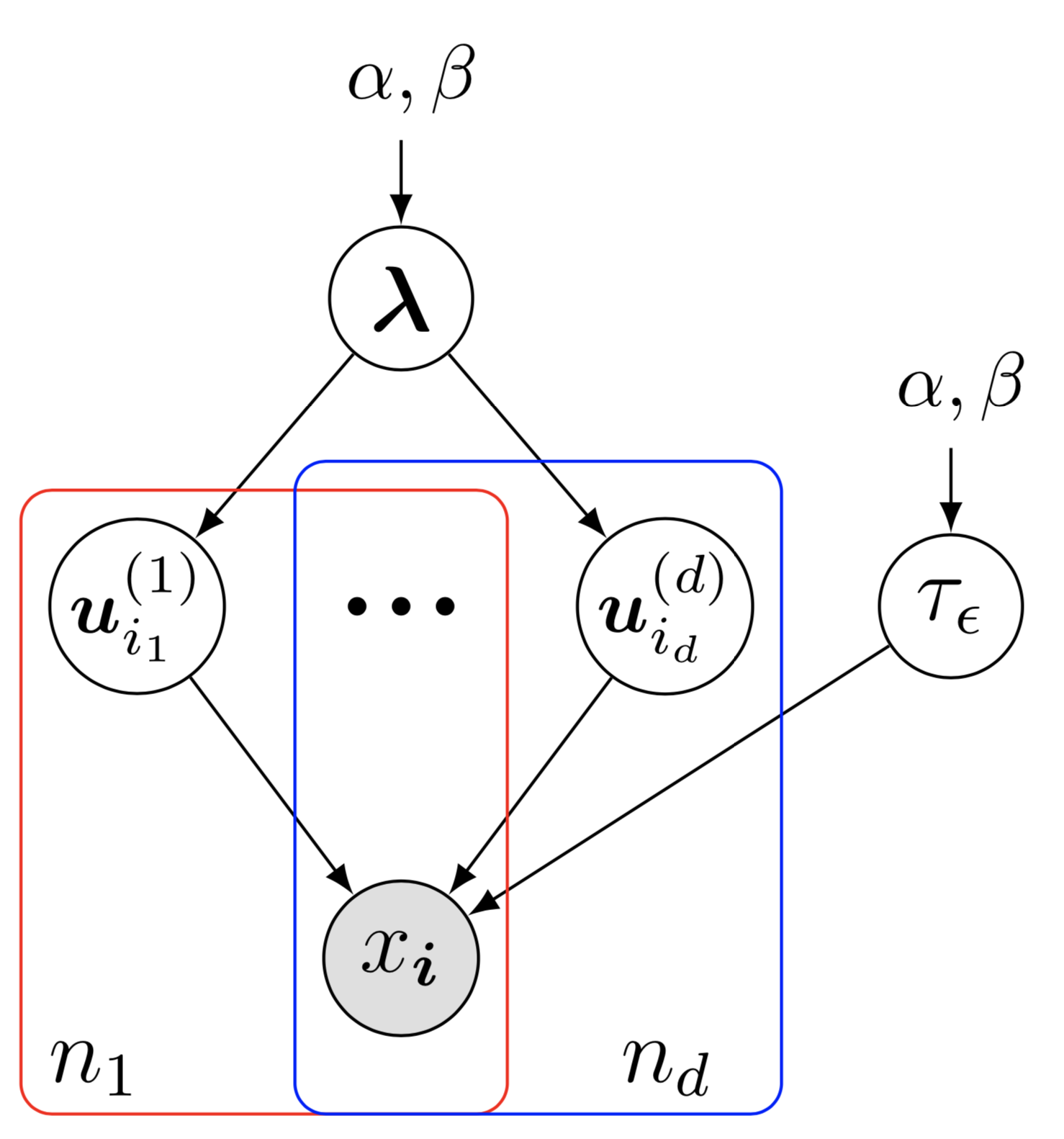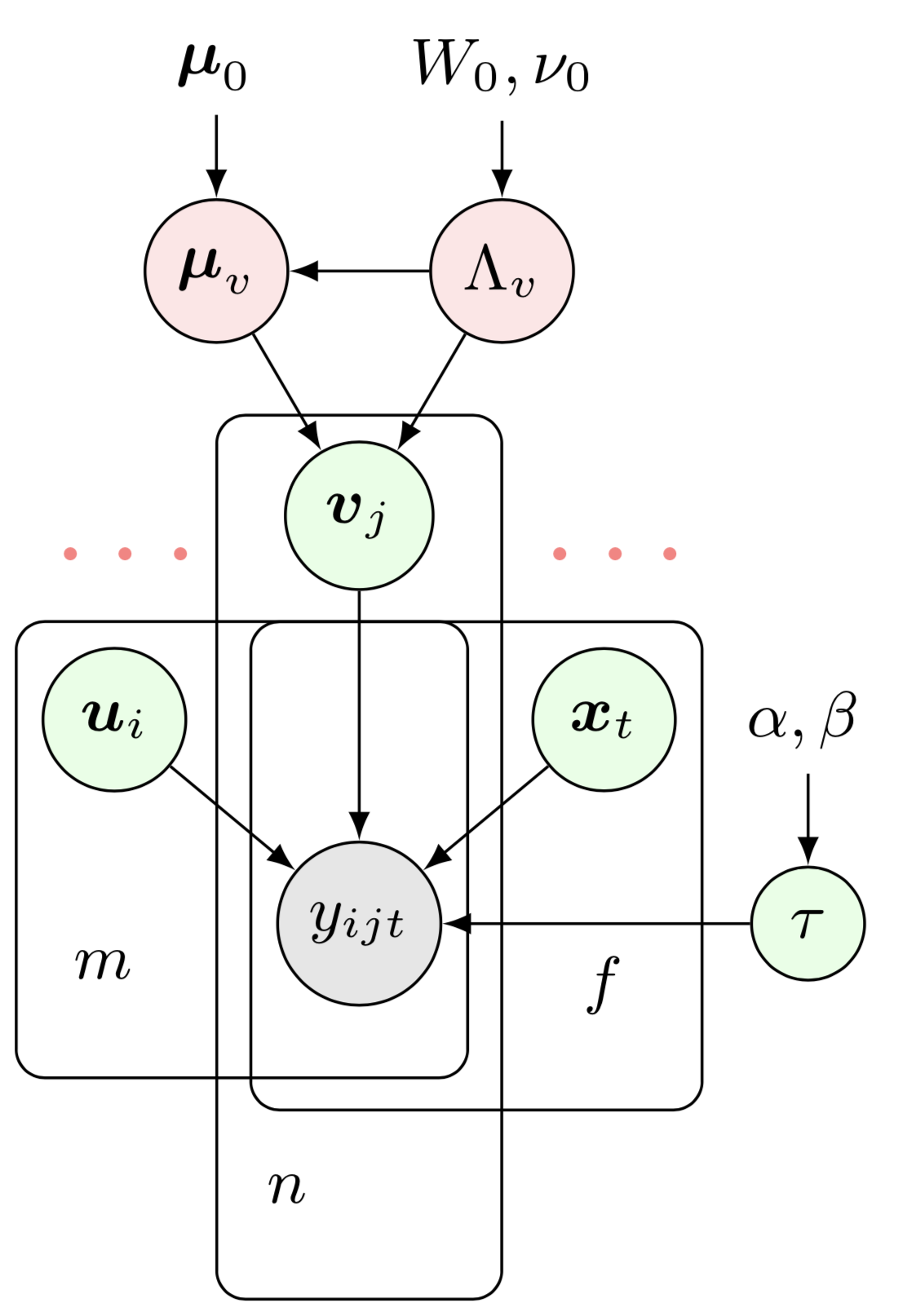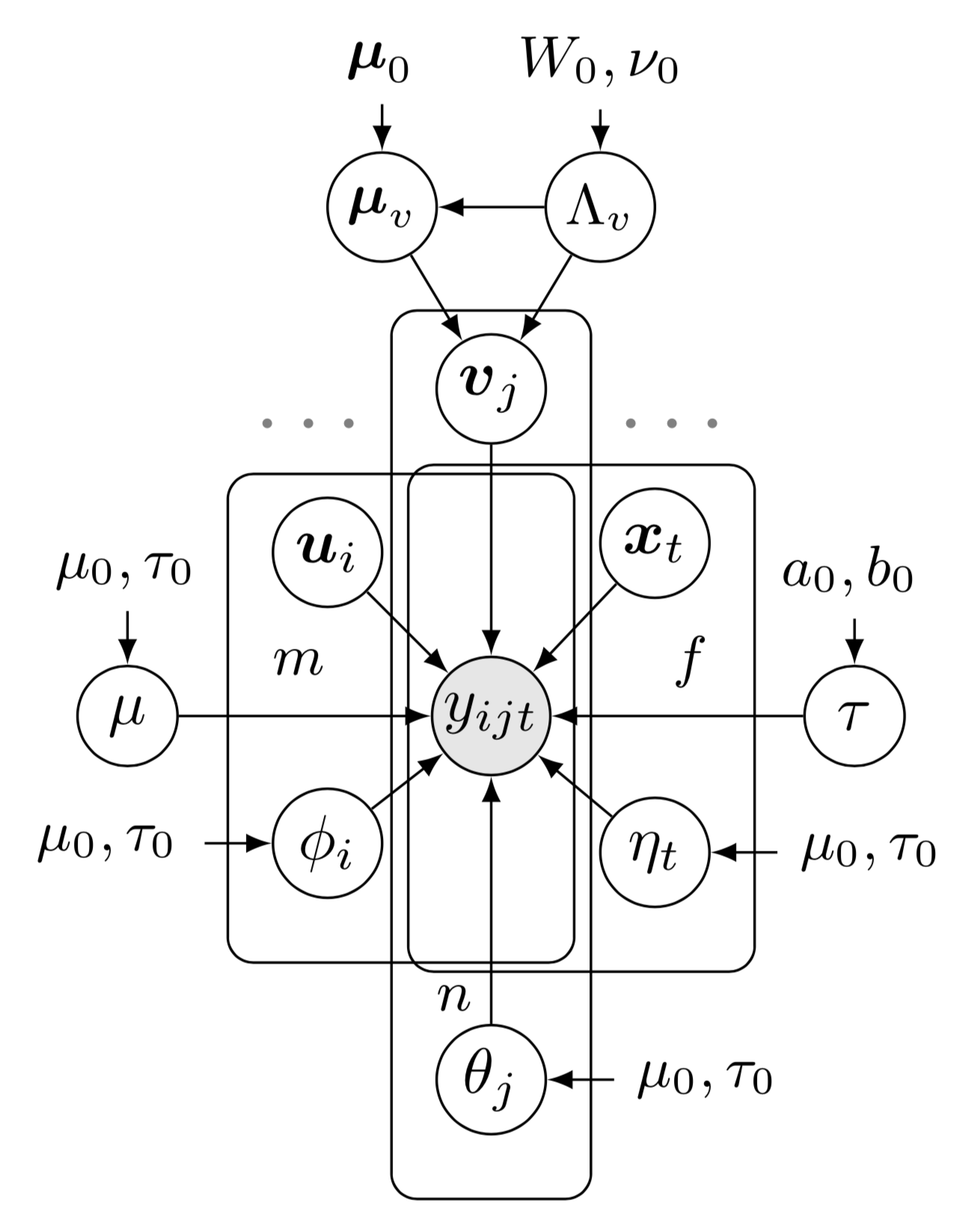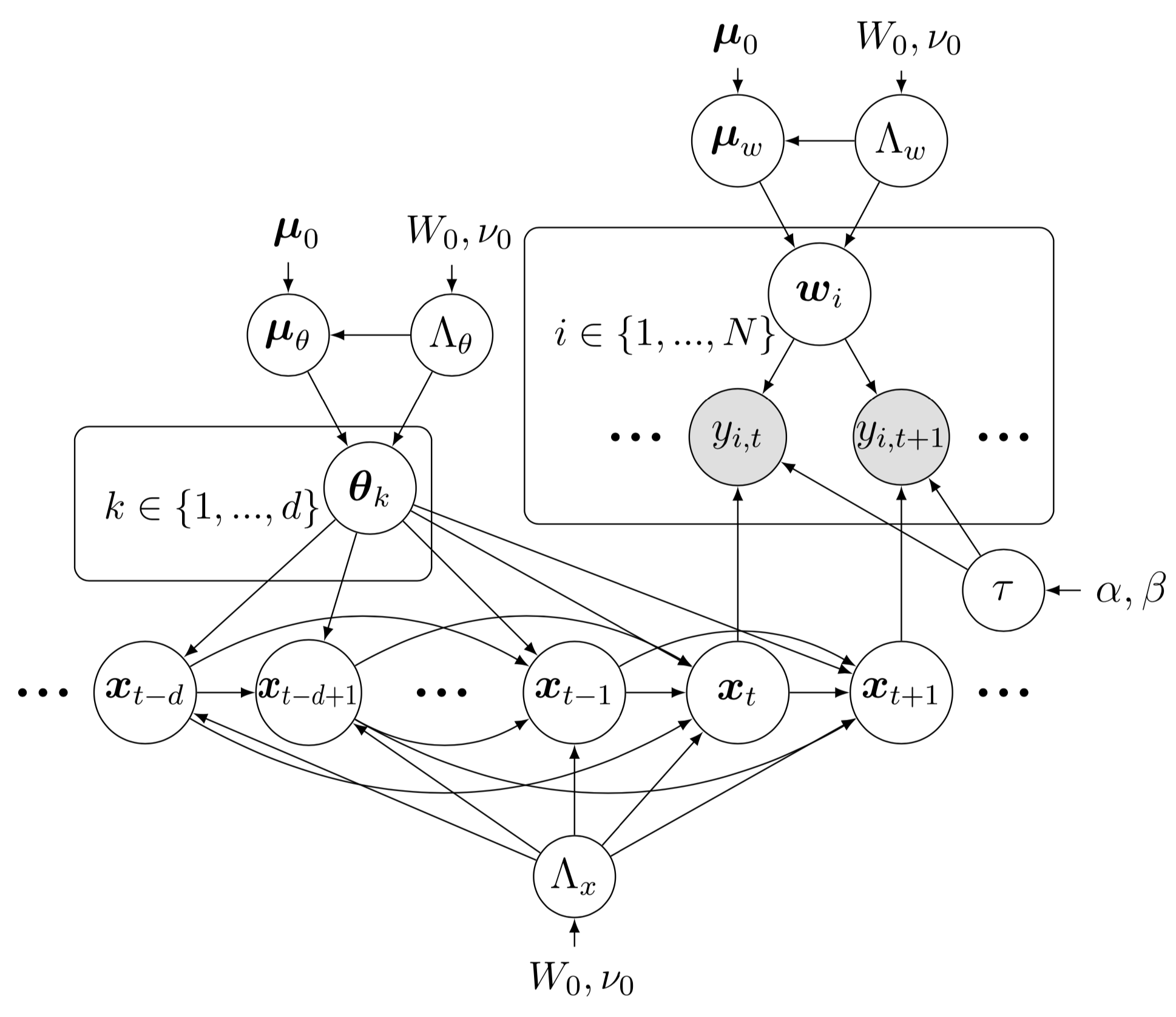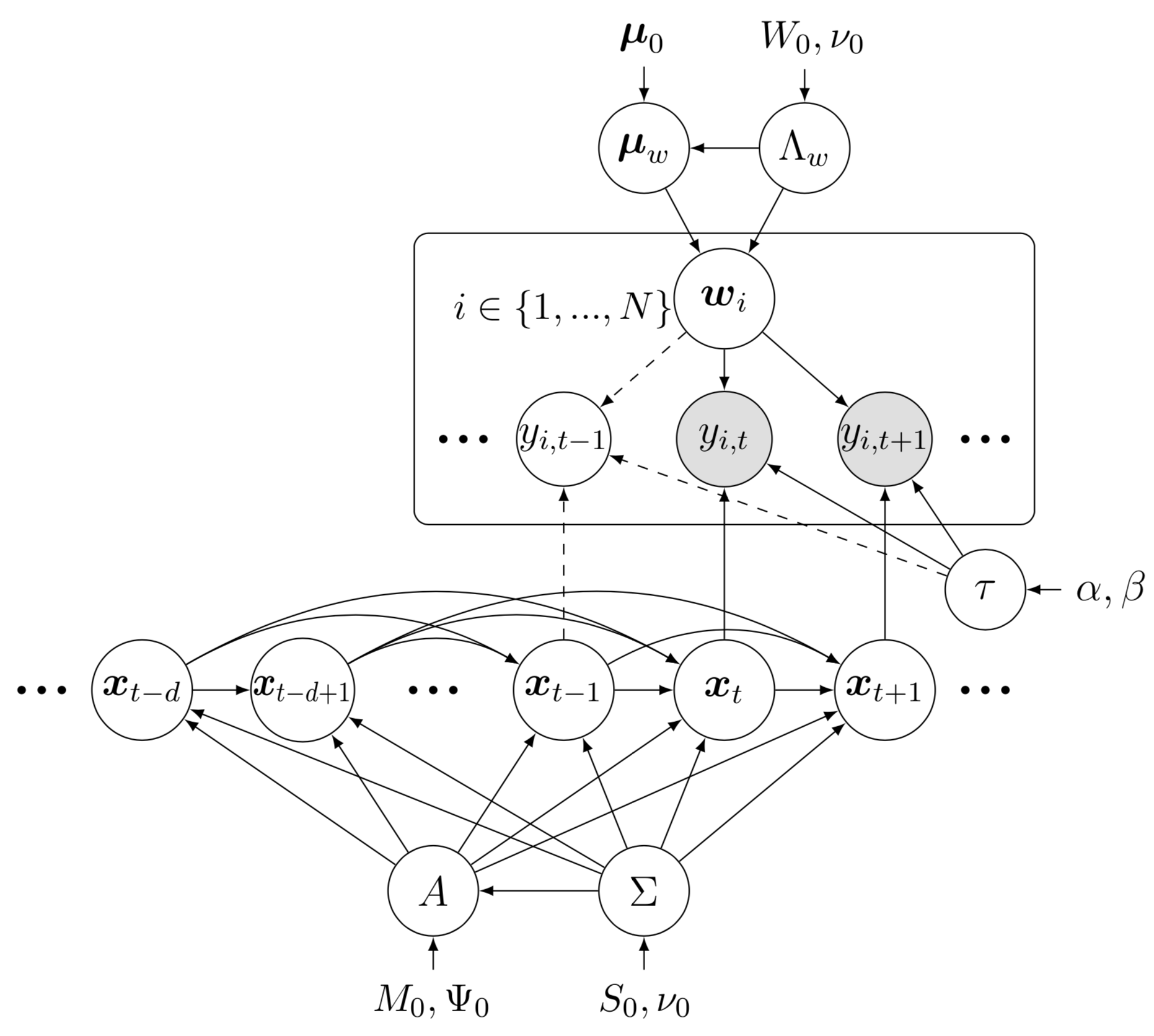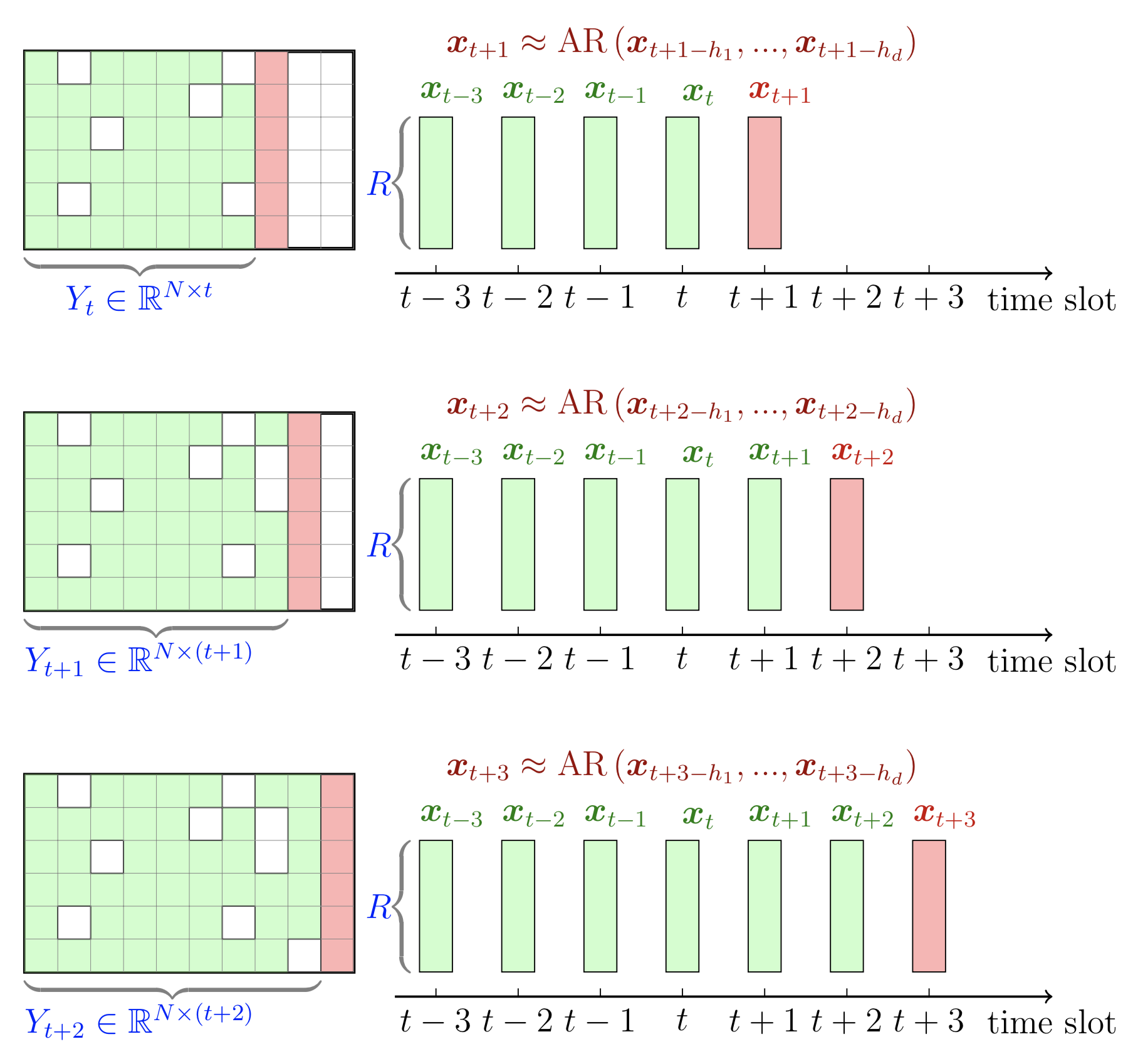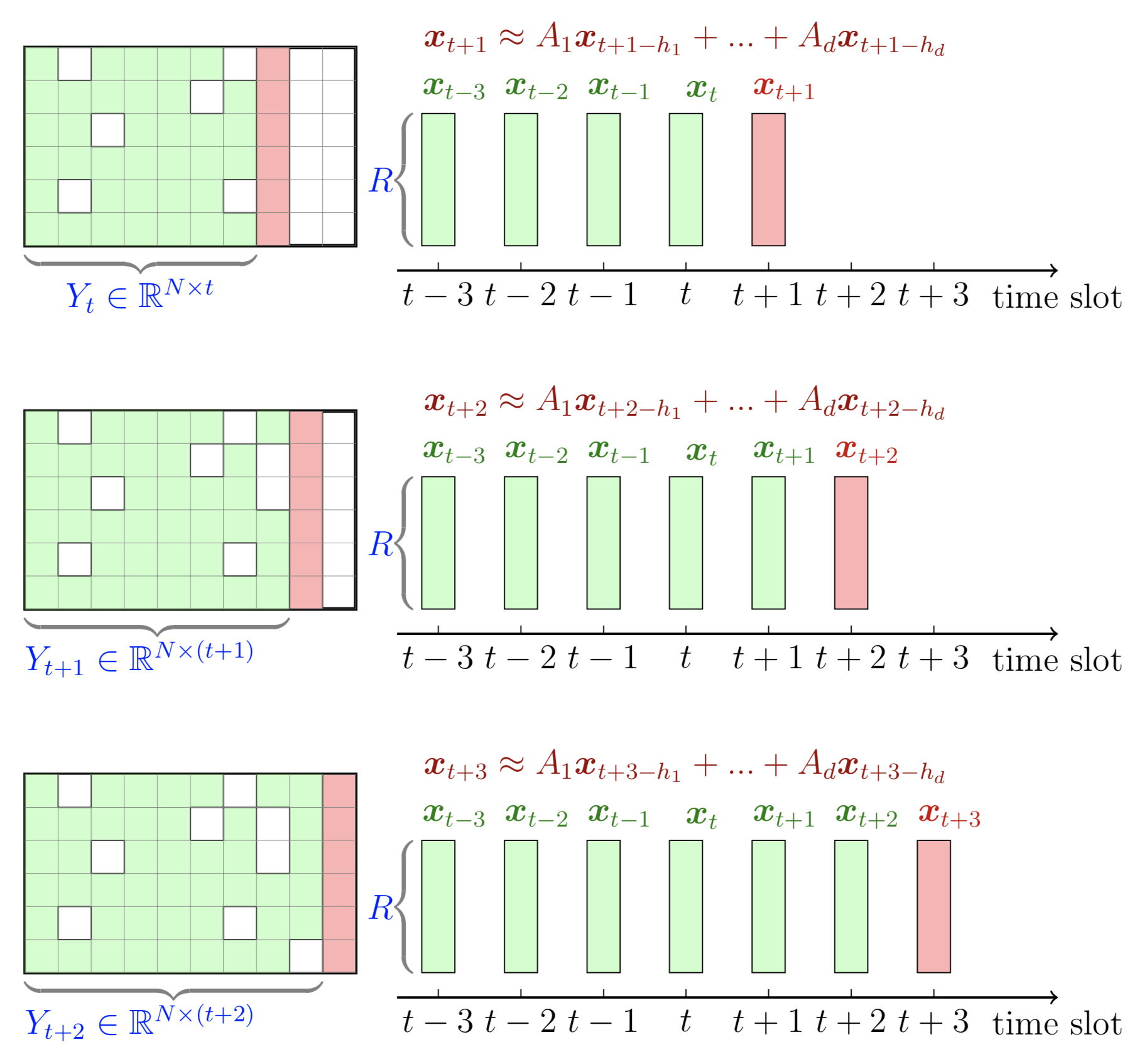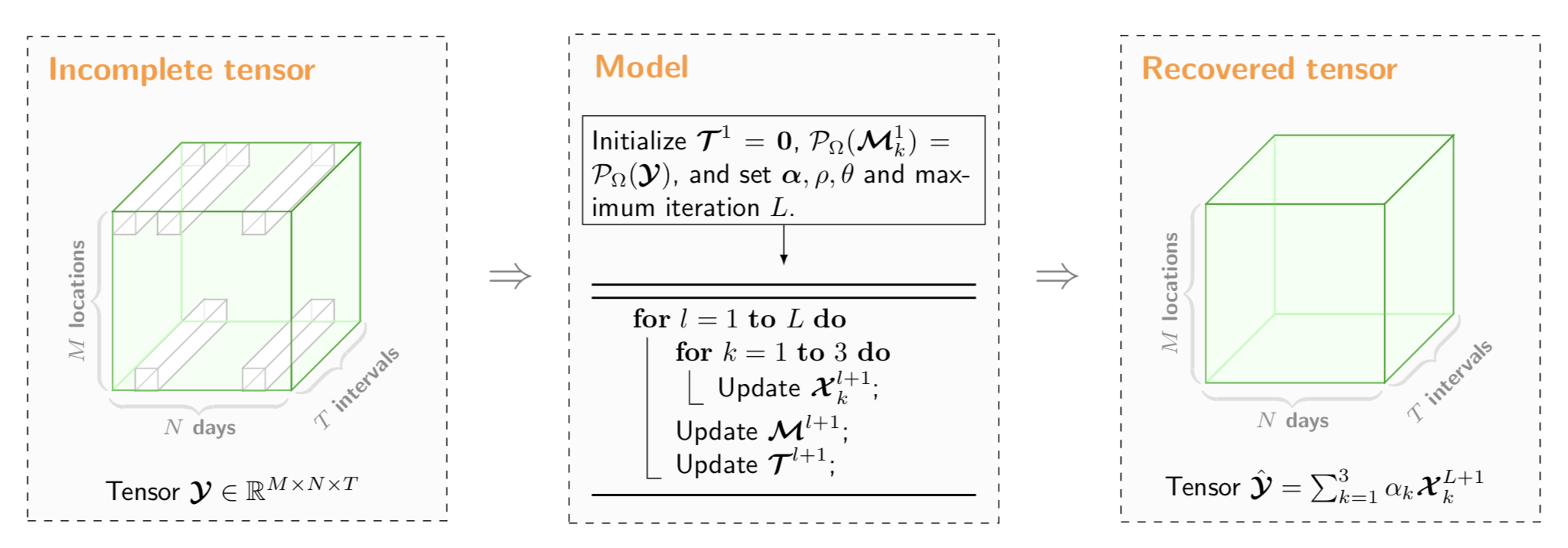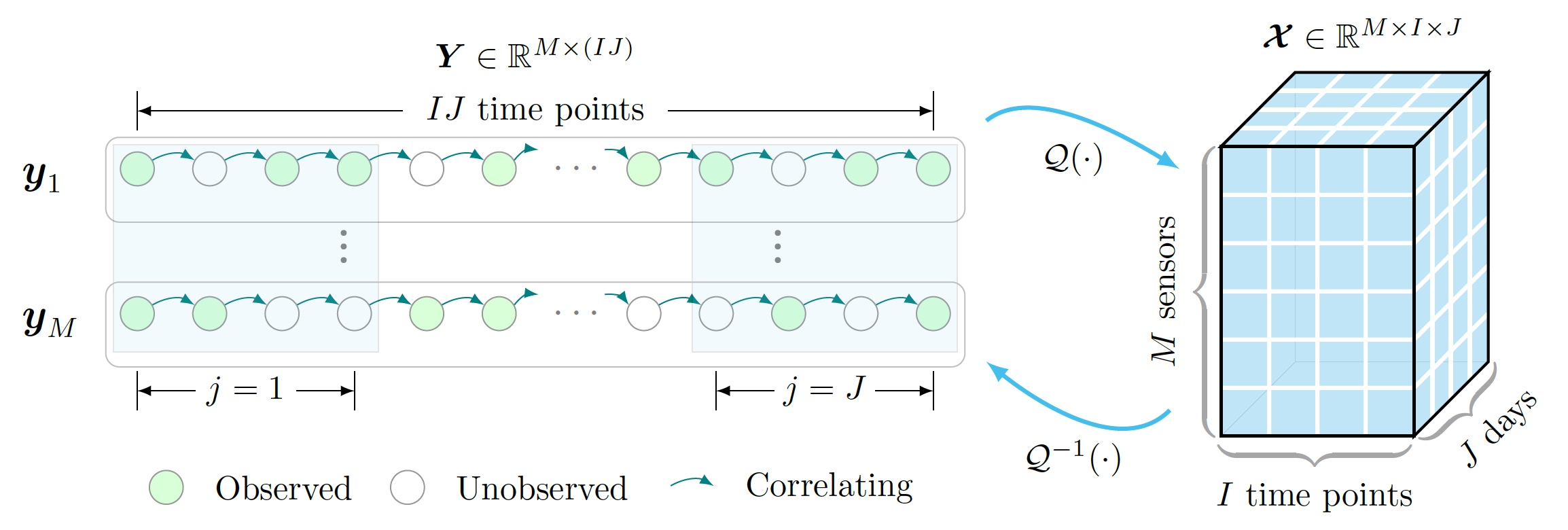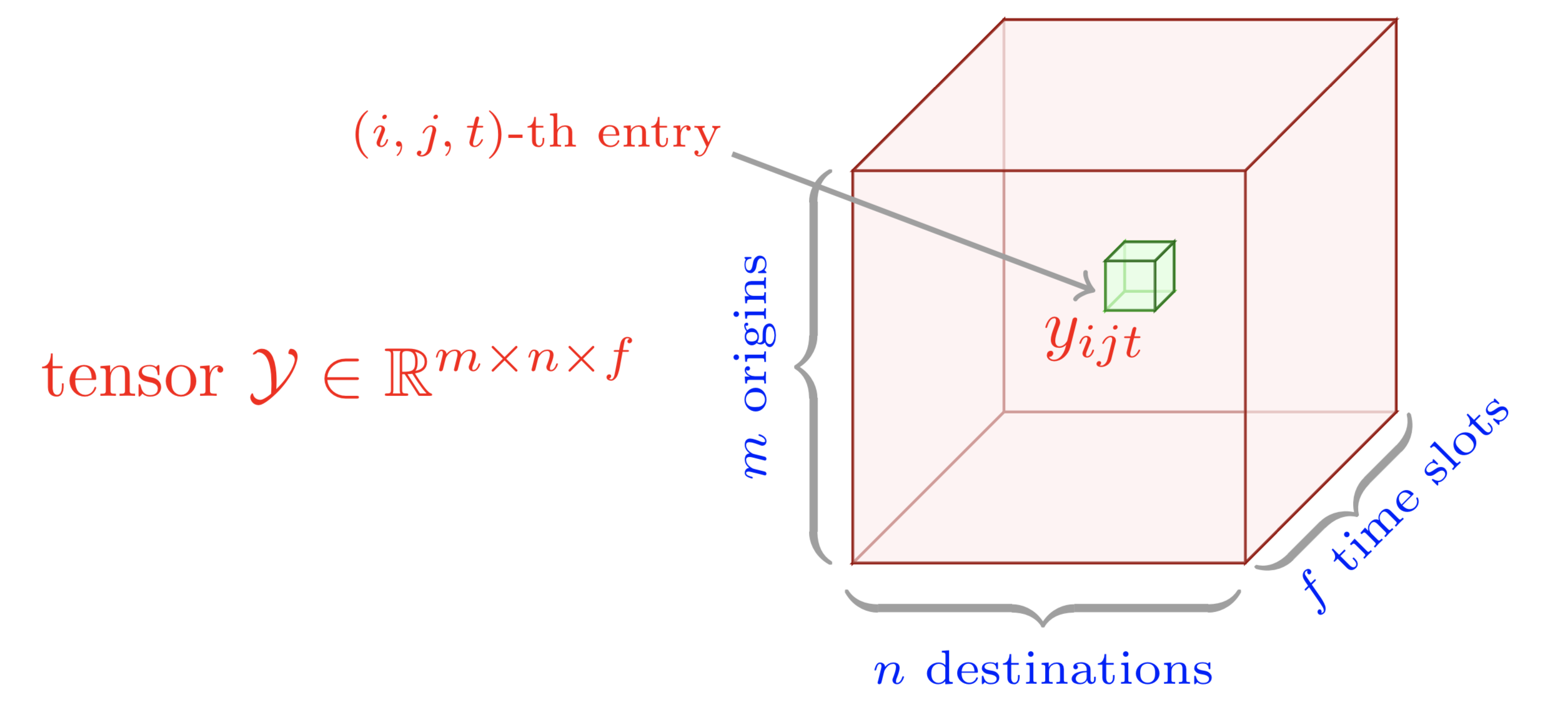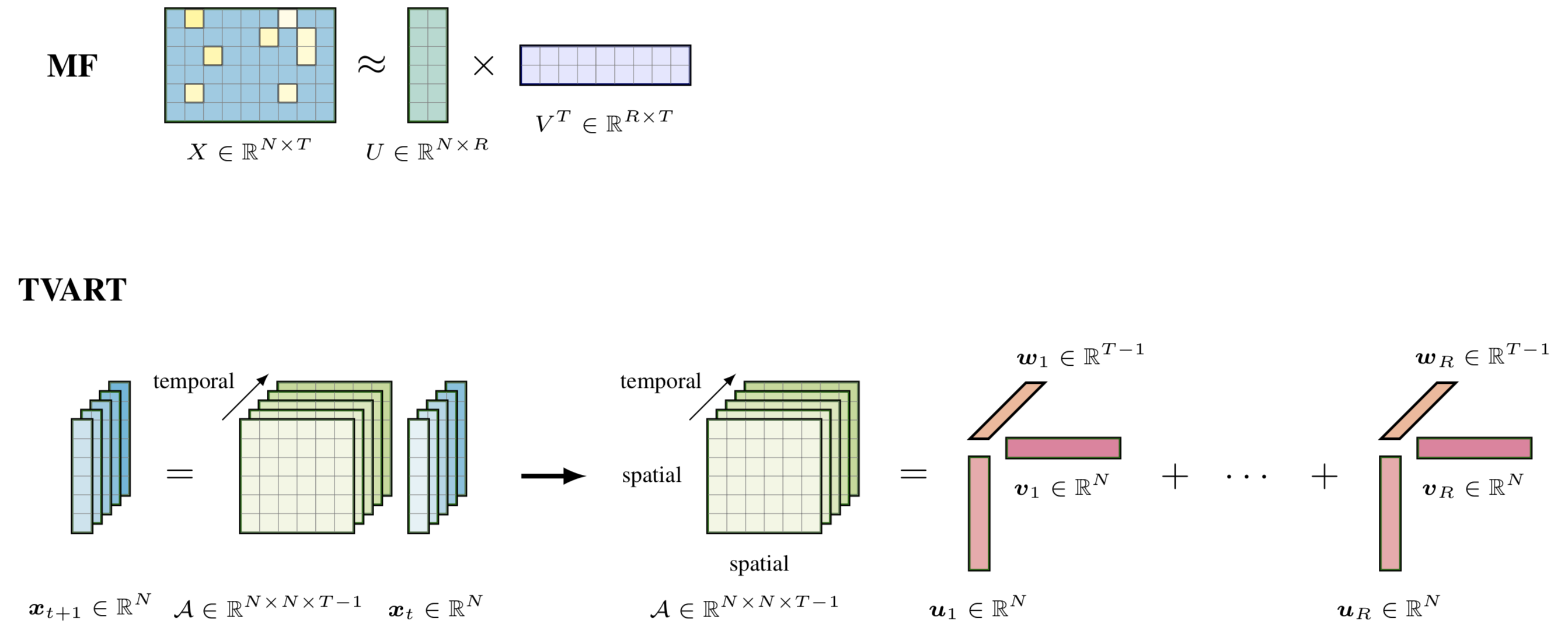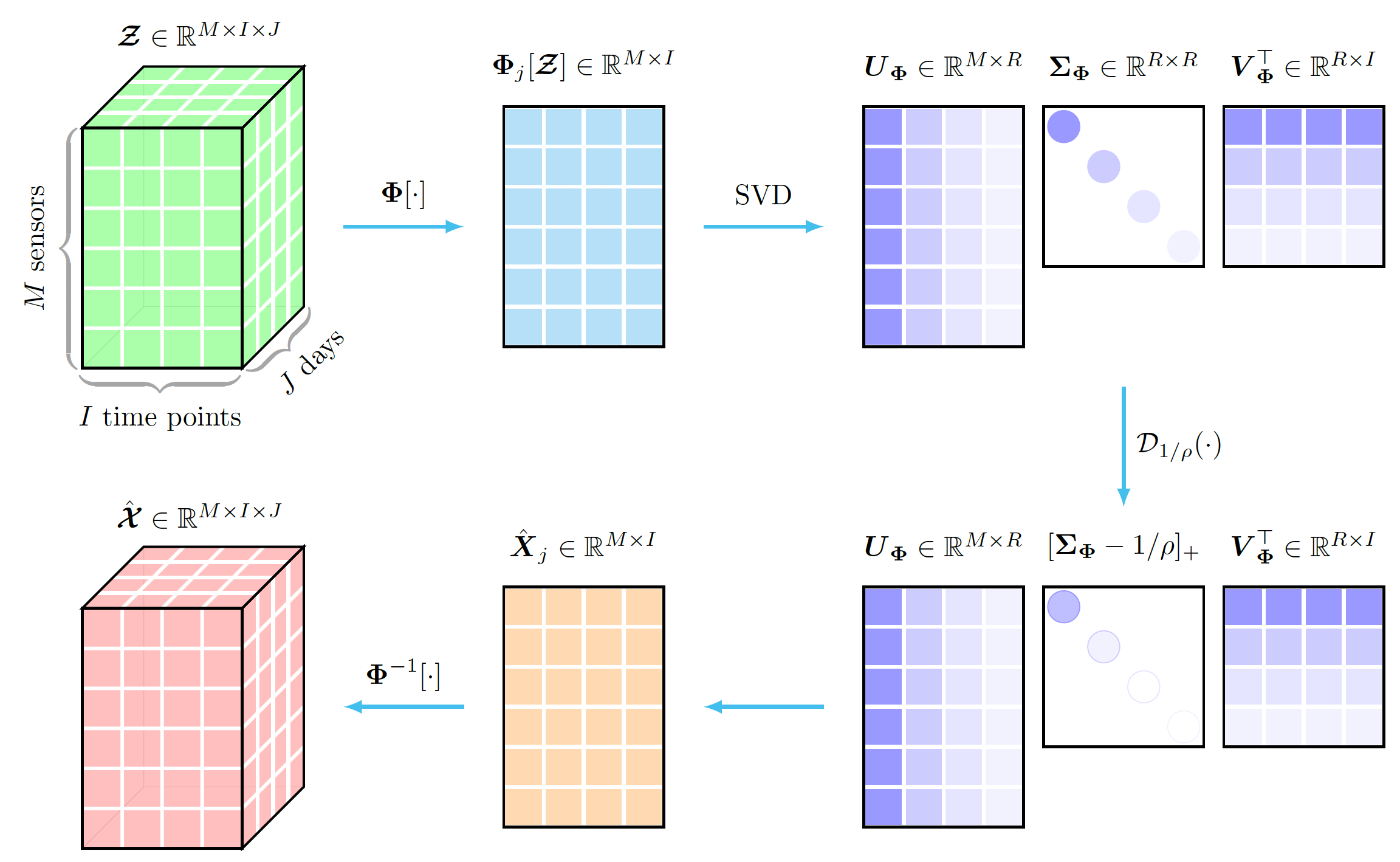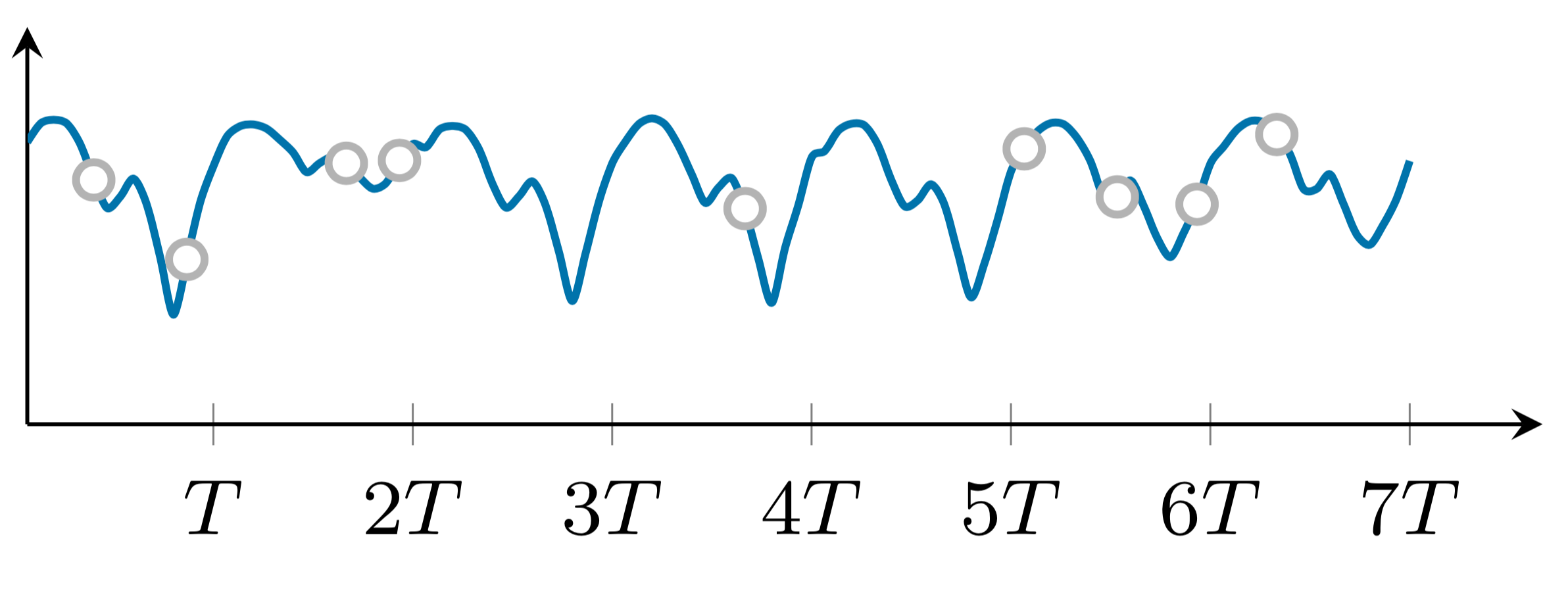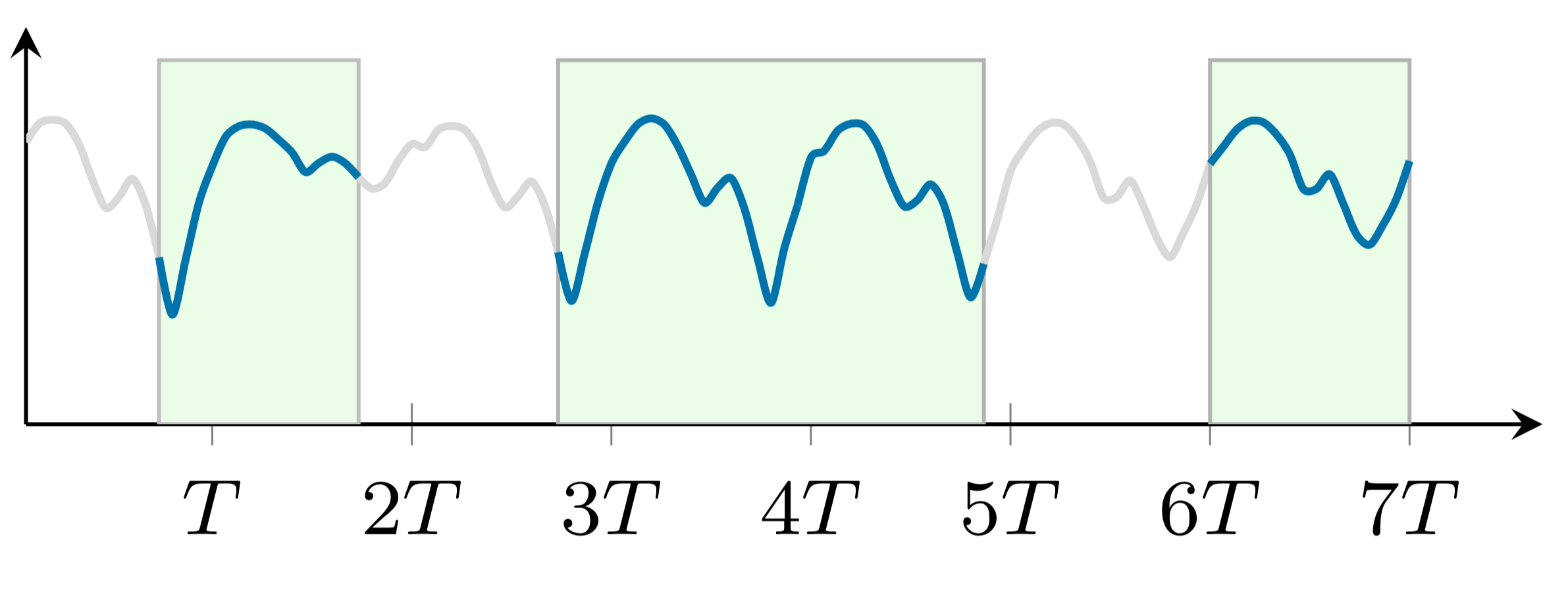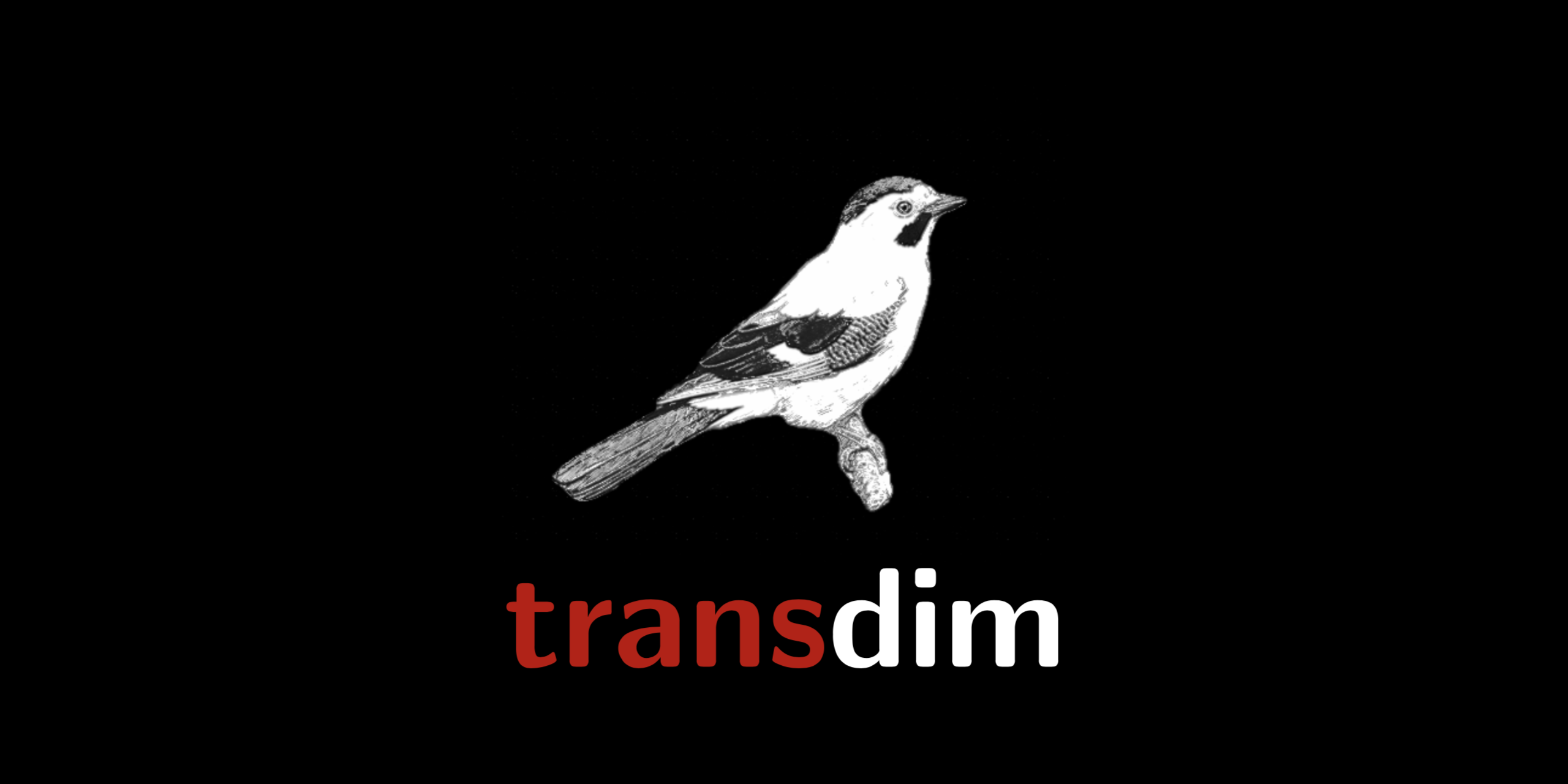Made by Xinyu Chen • 🌐 https://twitter.com/chenxy346
awesome-latex-drawing is a collection which uses LaTeX to draw Bayesian networks, graphical models, and technical frameworks.
LaTeX is a high-quality typesetting system, and it is available as free software. In recent years, it is popular for creating some graphics by LaTeX because LaTeX is able to draw many complicated graphics containing equations. For many programming languages like Python, installing related packages is just the first step. If you prefer not to install LaTeX on your own computer, overleaf.com is a good option. overleaf.com runs in your web browser and be accessed from any computer with an Internet connection. It is really convenient! Please register an account first!
Open overleaf.com in your Chrome.
It is not necessary to open each file in this repository because you can just follow this readme document.
- Open BCPF.tex in your overleaf project, then you will see the following picture:
BCPF (Bayesian CP factorization) model as a Bayesian network and a directed factor graph.
- Open BGCP.tex in your overleaf project, then you will see the following pictures:
BGCP (Bayesian Gaussian CP decomposition) model as a Bayesian network and a directed factor graph.
- Open BGCP-1.tex in your overleaf project, then you will see the following picture:
Another example for BGCP (Bayesian Gaussian CP decomposition) model as a Bayesian network and a directed factor graph.
- Open BATF.tex in your overleaf project, then you will see the following picture:
BATF (Bayesian augmented tensor factorization) model as a Bayesian network and a directed factor graph.
- Open btmf.tex in your overleaf project, then you will see the following picture:
BTMF (Bayesian temporal matrix factorization) model as a Bayesian network and a directed factor graph.
- Open BTMF.tex in your overleaf project, then you will see the following picture:
BTMF (Bayesian temporal matrix factorization) model as a Bayesian network and a directed factor graph.
- Open
- Upload
in your overleaf project, then you will see the following picture:
Tensor completion task and its framework including data organization and tensor completion, in which traffic measurements are partially observed.
- Open rolling_prediction_strategy.tex in your overleaf project, then you will see the following picture:
A graphical illustration of rolling prediction strategy with temporal matrix factorization and autoregressive model.
- Open rolling_prediction.tex in your overleaf project, then you will see the following picture:
A graphical illustration of rolling prediction strategy with temporal matrix factorization and vector autoregressive model.
- Open graphical_time_series.tex in your overleaf project, then you will see the following picture:
A graphical illustration of the partially observed time series data.
- Open tensor_time_series.tex in your overleaf project, then, you will see the following picture:
A graphical illustration of the partially observed time series tensor.
- Open graphical_matrix_time_series.tex in your overleaf project, then you will see the following picture:
Multivariate time series data prediction with missing values.
- Open graphical_tensor_time_series.tex in your overleaf project, then you will see the following picture:
Tensor time series data prediction with missing values.
- Open mf-explained.tex in your overleaf project, then you will see the following picture:
A graphical illustration of matrix factorization.
- Open LRTC-flow.tex and upload
in your overleaf project, then you will see the following picture:
- Open latc_framework in your overleaf project, then you will see the following picture:
- Open tensor.tex in your overleaf project, then you will see the following picture:
A graphical illustration for the (origin,destination,time slot) tensor.
- Open AuTF.tex in your overleaf project, then you will see the following picture:
Augmented tensor factorization (AuTF) model in our recent study.
- Open TVART.tex in your overleaf project, then you will see the following picture:
- Open tensor_svt.tex in your overleaf project, then you will see the following picture:
- Open RMseries.tex in your overleaf project, then you will see the following picture:
- Open NMseries.tex in your overleaf project, then you will see the following picture:
- Open performance_bar.tex and upload
in your overleaf project, then you will see the following picture:
If you want to draw each sub-figure, please check out the following .tex files:
- Sub-figure at the 1st row and 1st column: RM_Gdata.tex
- Sub-figure at the 1st row and 2nd column: RM_Bdata.tex
- Sub-figure at the 1st row and 3rd column: RM_Hdata.tex
- Sub-figure at the 1st row and 4th column: RM_Sdata.tex
- Sub-figure at the 2nd row and 1st column: NM_Gdata.tex
- Sub-figure at the 2nd row and 2nd column: NM_Bdata.tex
- Sub-figure at the 2nd row and 3rd column: NM_Hdata.tex
- Sub-figure at the 2nd row and 4th column: NM_Sdata.tex
- Open
- Upload
in your overleaf project, then, you will see the following picture:
trandim logo.
Coming soon...
- Documentation (English version)
- 技术文档 (中文版)
Most of these examples are from our papers:
-
Xinyu Chen, Yixian Chen, Lijun Sun (2020). Scalable low-rank autoregressive tensor learning for spatiotemporal traffic data imputation. arXiv: 2008.03194. [preprint] [data] [Python code]
-
Xinyu Chen, Jinming Yang, Lijun Sun (2020). A nonconvex low-rank tensor completion model for spatiotemporal traffic data imputation. arxiv. 2003.10271. [preprint] [data & Python code]
-
Xinyu Chen, Lijun Sun (2019). Bayesian temporal factorization for multidimensional time series prediction. arxiv. 1910.06366. [preprint] [slide] [data & Python code]
-
Xinyu Chen, Zhaocheng He, Yixian Chen, Yuhuan Lu, Jiawei Wang (2019). Missing traffic data imputation and pattern discovery with a Bayesian augmented tensor factorization model. Transportation Research Part C: Emerging Technologies, 104: 66-77. [preprint] [doi] [slide] [data] [Matlab code]
-
Xinyu Chen, Zhaocheng He, Lijun Sun (2019). A Bayesian tensor decomposition approach for spatiotemporal traffic data imputation. Transportation Research Part C: Emerging Technologies, 98: 73-84. [preprint] [doi] [data] [Matlab code] [Python code]
Please consider citing our papers if you find these codes help your research.



